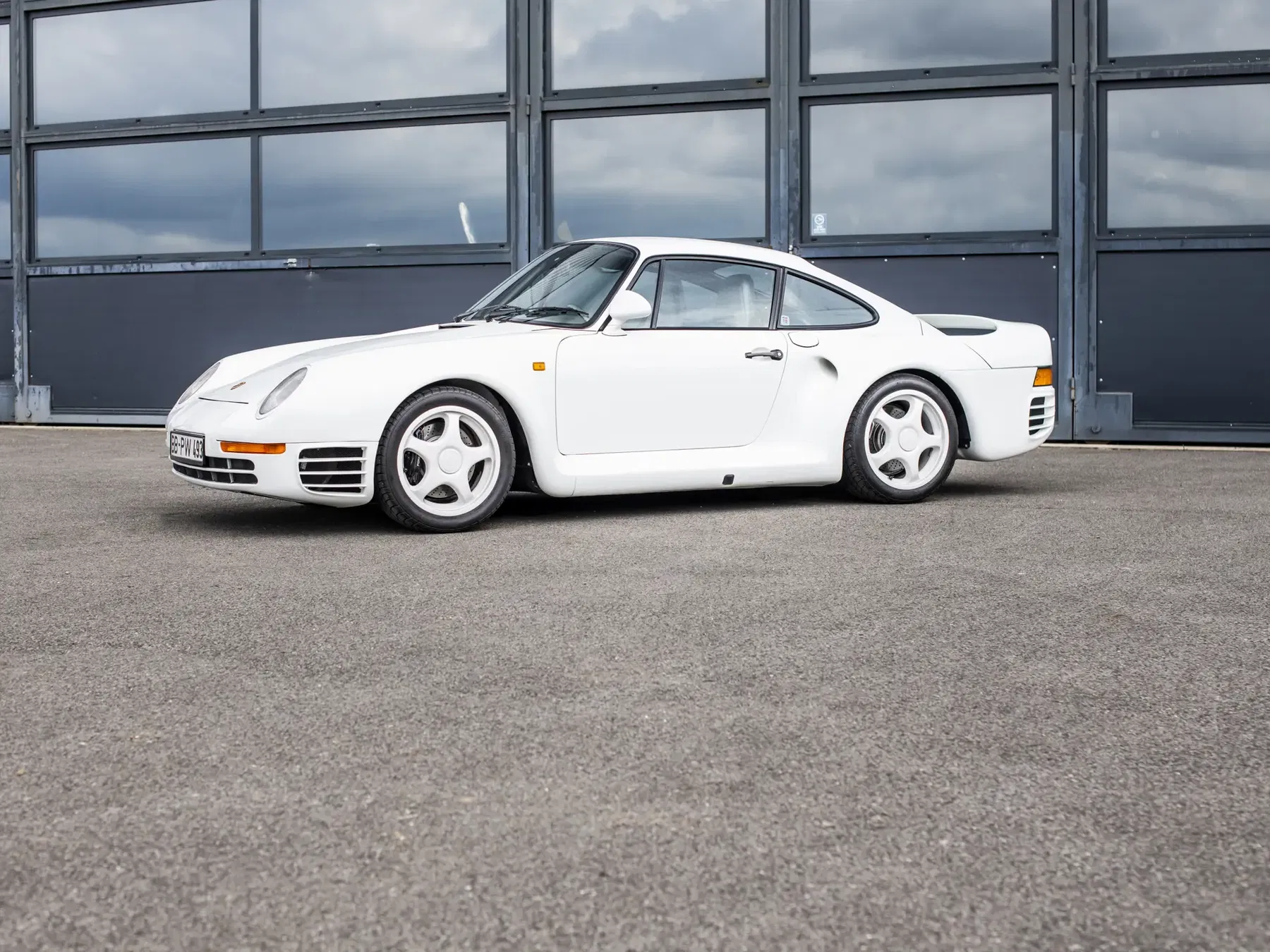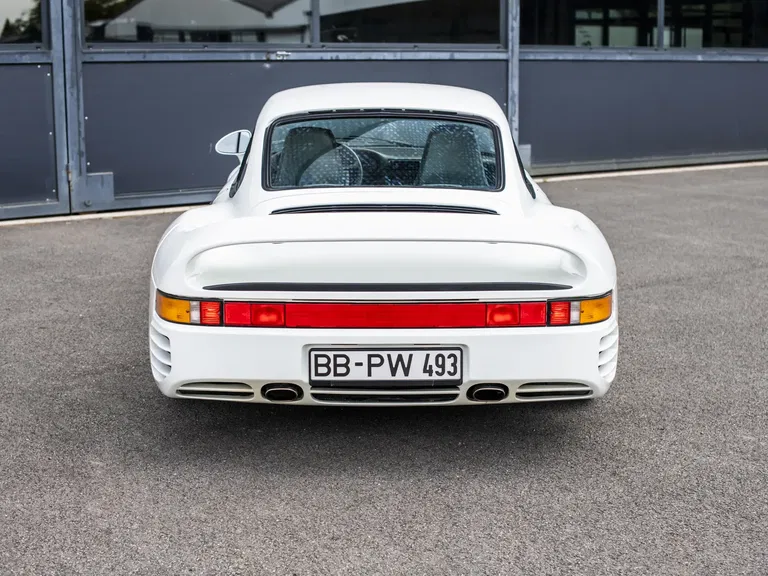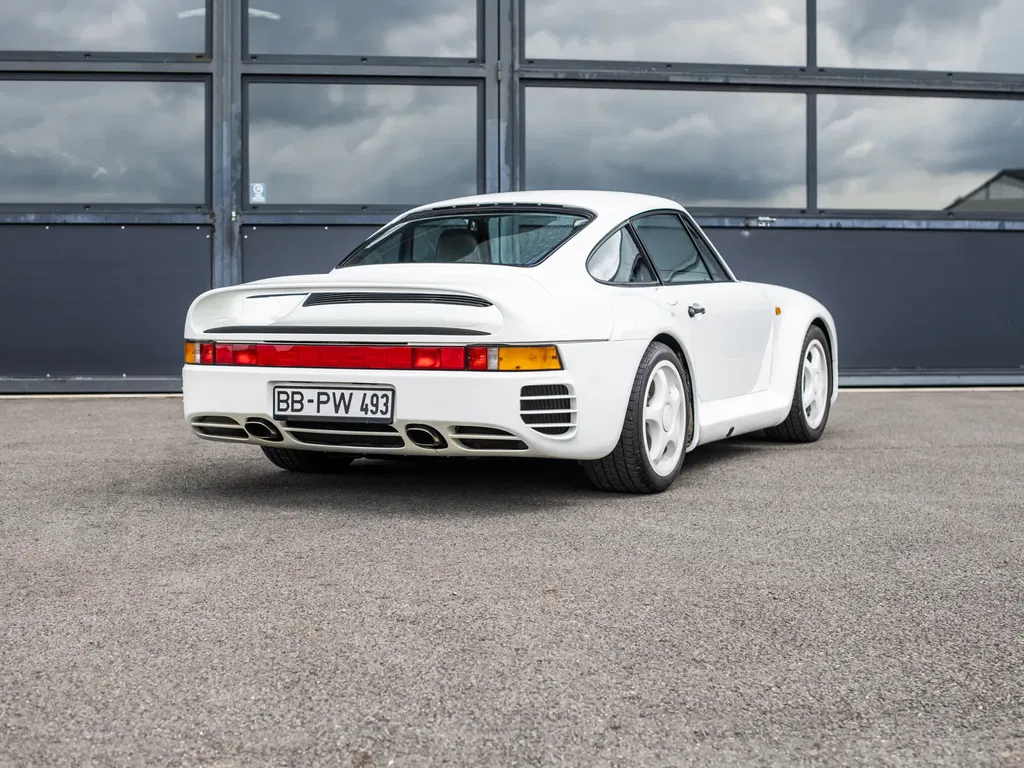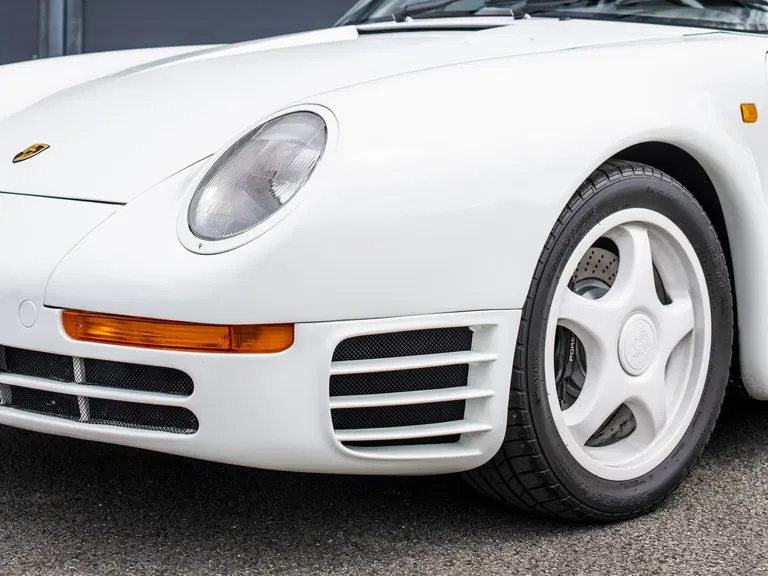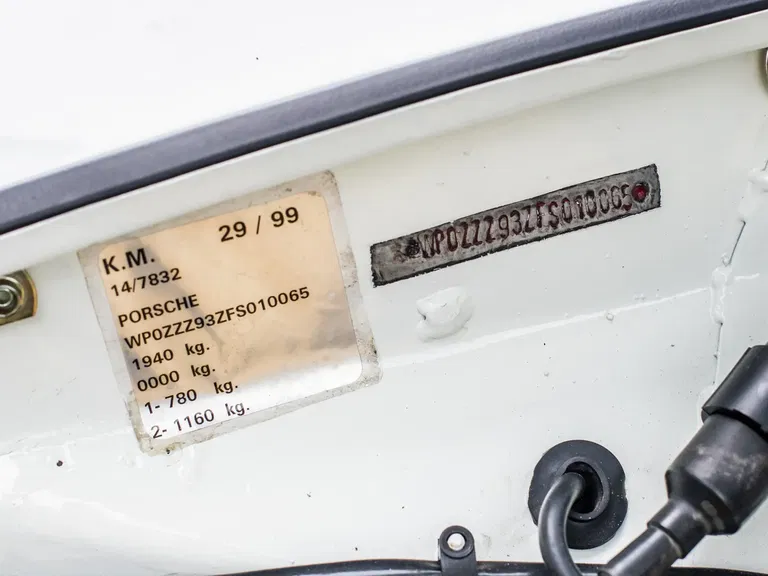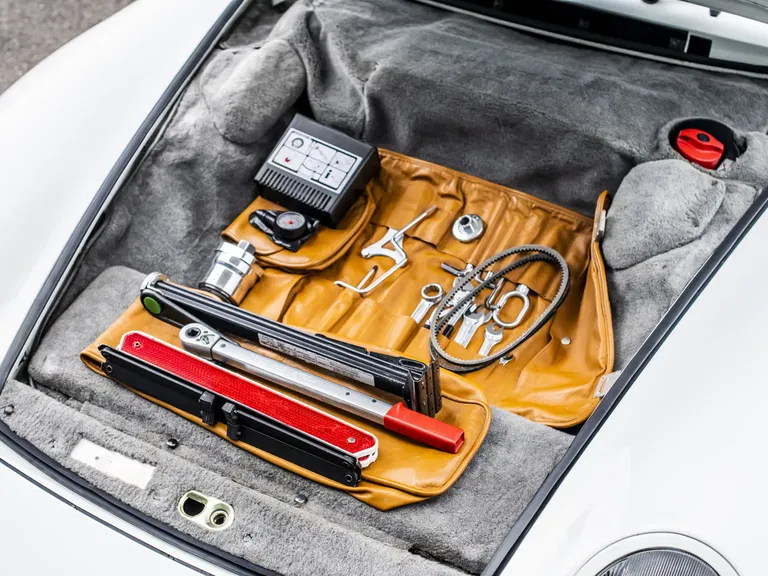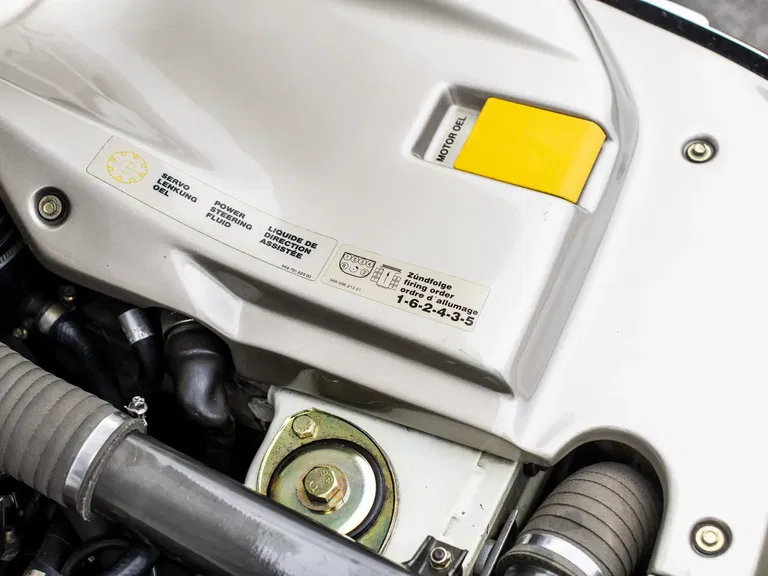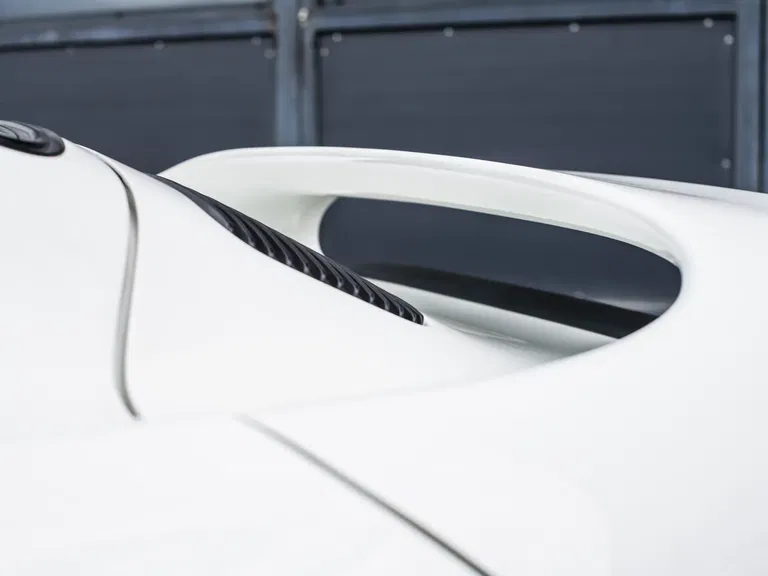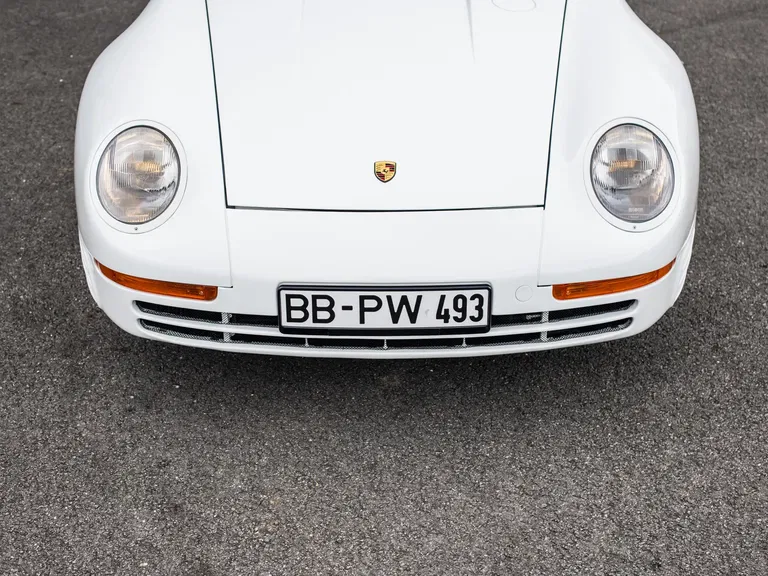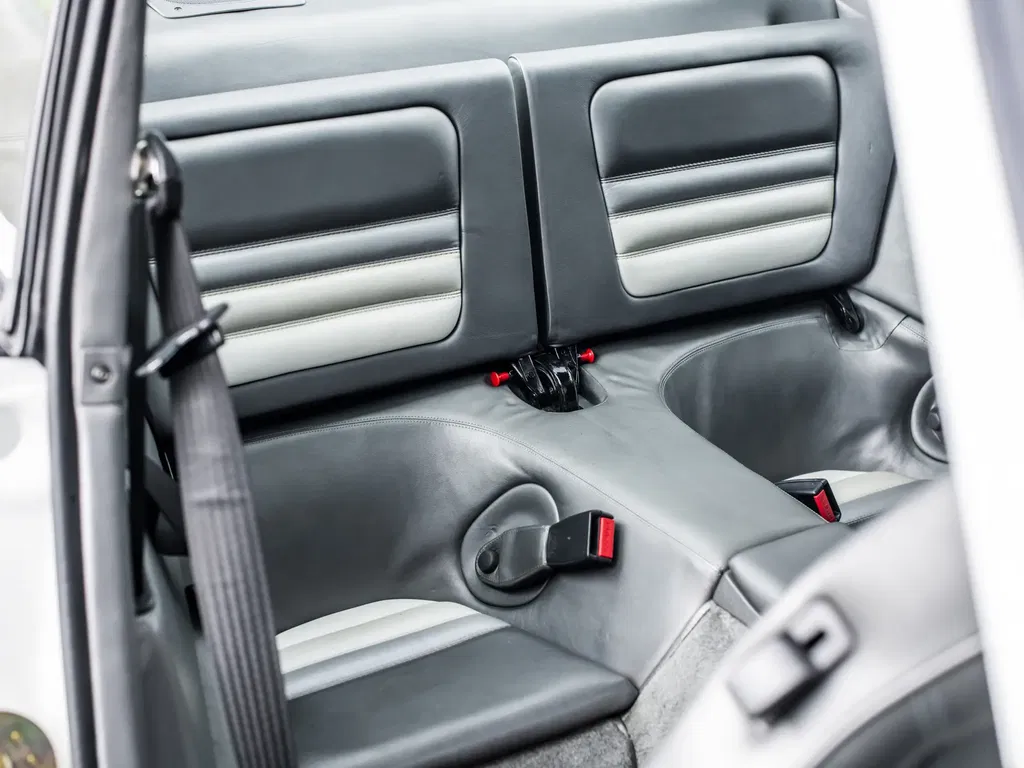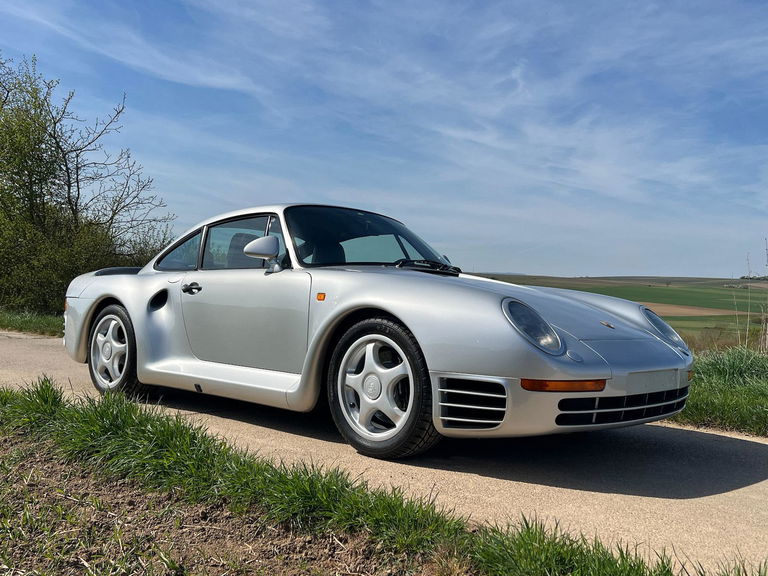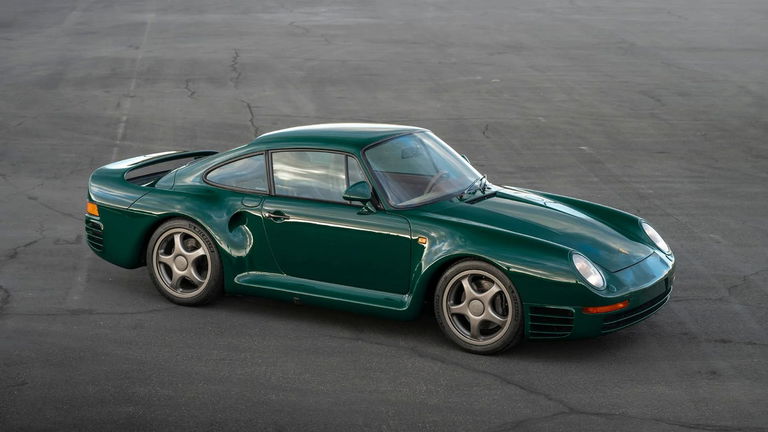Upon its 1985 debut, the Porsche 959 unequivocally reshaped the highest end of the supercar market, where there is zero compromise on performance or cost. Its distinctive styling, mind-bending performance, and pioneering technological advancements immediately established it as the definitive „poster car“ for an entire generation of automotive enthusiasts.
Under the visionary leadership of Helmuth Bott and Manfred Bantle, Porsche’s engineering team enjoyed unprecedented freedom to craft what would become the world’s most advanced supercar. They incorporated cutting-edge technologies such as sequential turbochargers, state-of-the-art adjustable suspension, intelligent four-wheel-drive, Kevlar body panels, and lightweight magnesium wheels, setting a new standard in supercar development.
Bott’s predecessor and Ferdinand Porsche’s grandson, Ferdinand Piëch, quickly embraced the 959. Known for his engineering prowess and relentless pursuit of technical innovations, Piëch swiftly endorsed the 959, even convincing Bott to help him secure this “V-Series” 959 Prototype for himself. Importantly, Piëch’s request likely shielded Bott and Bantle from repercussions of the 959’s massive spending overruns, which, quite frankly, were wrecking the company.
In 1985, Bott handpicked 29 930 Turbo chassis for conversion into 959 prototypes, categorized as F-, N-, and V-series, each boasting unique specifications. The seven V-series prototypes closely mirrored the eventual production model more than their 930 Turbo origins. Only true Porsche aficionados could distinguish the subtle differences between a standard 959 and these surviving V-series examples.
Initially registered to Porsche AG and used extensively for chassis, suspension, and traction control testing until 5 March 1986, Piëch subsequently took ownership of this storied 959 Prototype, known informally as “V5KOM” in reference to its status as the fifth of seven “Vorserie” or “Pre-series” 959 examples constructed by the factory. V5 was originally finished in Grand Prix White over a Dark Grey cloth interior to “Komfort” specifications, albeit with unique features such as a single wing mirror, and a fuel-filler cap sealed by the bonnet. Additionally, V5 has rear seats, rear fender ducts, and front fenders without pop-up headlight washers which are slightly different from a normal 959. The car’s original cloth interior was akin to that seen on the 959 Sport model.
During Piëch’s brief, albeit much-enjoyed ownership, this special 959 prototype retained its factory fleet registration “BB PW 493,” under which it had been previously tested extensively in the practiced hands of Porsche 959 test driver Dieter Röscheisen. Röscheisen was responsible for most of the testing of the 959 project under Bott’s direction, and it is extremely likely than no man on earth has driven more miles behind the wheel of this famous model. V5 was notably Röscheisen’s final 959 test car to which he was assigned, and as such it was the only V-series prototype which he documented with an extensive, jaw-dropping album of color photographs which have been republished in Jürgen Lewandowski’s 2015 book, Porsche 959.
With a huge onboard computer taking the place of the passenger seat, Röscheisen explored the limits of V5’s chassis, suspension, traction control, and high-speed capabilities during extensive testing during 1985 and 1986 through venues including Ehra-Lessien, Nardo, the Nürburgring, the Contidrome, and on trips all over continental Europe.
During its adventures, it was sometimes paired with a sister car, V1, which did not share V5’s active suspension system. Röscheisen recalled to Excellence magazine in 2019 that during trips to Sweden and Norway, “it [V5] could drive through deep snow, which V1 simply couldn’t. V5 was even sometimes used as a snowplough to clear a path for V1.”
Following completion of its official duties, Bott handed the car over to Piëch for use as his private vehicle, and he used it daily in this capacity until 1987 when he sold it with 59,100 kilometers (~36,723 miles) to his friend and noted chef, Hasi Unterberger.
Unterberger added just 1,500 kilometers (~932 miles) to V5 before selling it onward to the famous automotive photographer Rene Staud in June 1992. Staud had the Porsche factory replace V5’s cloth interior for the leather upholstery which with it currently presents. By 1999, Staud had added another 5,500 kilometers (3,417 miles) to V5.
Long considered one of the most unique and highly coveted pieces of Porsche’s manufacturing history, between 1999 and 2021 V5 passed through a short chain of highly regarded European collectors. During 2019, it was reunited with Dieter Röscheisen for a fascinating long-form exposé produced by Alte Schule Daily. In March 2021, V5 was finally purchased by the consignor, and at that time it was registered in Munich as “PW 493 H” and indicated 77,479 kilometers (~48,143 miles).
Any collection would be greatly honored to include an example of the Porsche 959. Its performance, technology, aesthetics, and comfort all culminate in an exceptionally remarkable vehicle of profound significance. Yet, as the best-documented surviving V-Series prototype of this iconic model, V5 stands out as a unique and immensely significant Porsche with irreproachable provenance—setting it apart from any “ordinary” 959.
